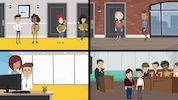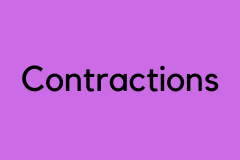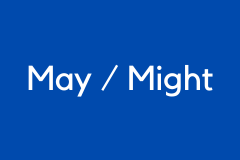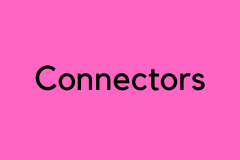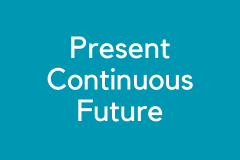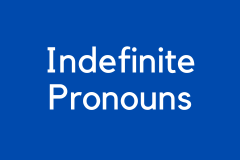Present Continuous for the Future
Learn how to use the present continuous for the future in English.
Can you answer these grammar questions correctly?
Present Continuous for Future Plans
Present Continuous
We use the present continuous to talk about plans we expect to happen.
We use the present continuous to talk about plans we expect to happen.
- ✔️ I am meeting my dad tonight.
- ✔️ I am working tomorrow.
- ❌ I'm not doing anything tonight.
- ❌ I'm not leaving until Monday.
Scheduled Plans
We use the present continuous when other people know about the plan.
We use the present continuous when other people know about the plan.
- ✔️ I'm meeting Sue tomorrow.
- ✔️ My mother is coming over tonight.
- ❌ She's not arriving until Sunday.
- ✔️ The meeting is starting soon.
Going to vs. Present Continuous
For personal plans with one person, we usually use going to.
For personal plans with one person, we usually use going to.
- ✔️ I am not working tomorrow. (Other people know.)
- ✔️ I am going to stay home and study.
- ✔️ Bob is not coming to the party. (Other people know.)
- ✔️ He is going to skip the party this time.
Going to and Present Continuous
Going to and the present continuous often mean the same thing.
Going to and the present continuous often mean the same thing.
- ✔️ I am meeting my friend for lunch.
- ✔️ I am going to meet my friend for lunch.
- ✔️ I am leaving for Spain on Monday.
- ✔️ I am going to leave for Spain on Monday.
Will / Going to / Present Continuous
The difference shows how much people know about the plan.
The difference shows how much people know about the plan.
- ✔️ I will meet you tomorrow. (I just decided now.)
- ✔️ I am going to meet you tomorrow. (I already planned it.)
- ✔️ I am meeting you tomorrow. (It’s scheduled. Other people know.)
Answer the following questions about the interview.
